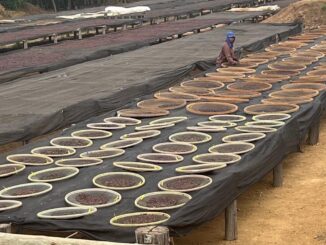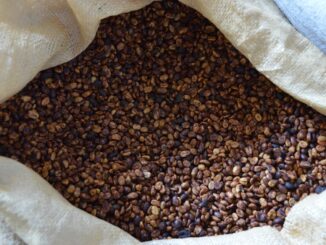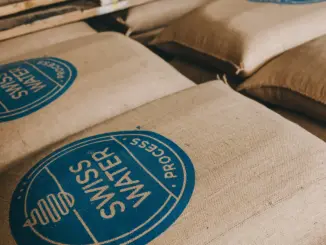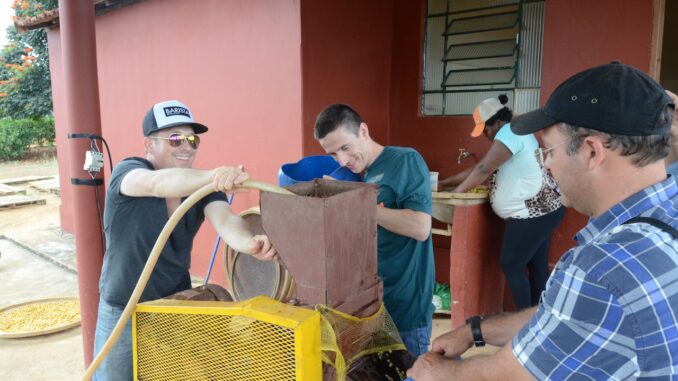
Our series on coffee-processing methods continues with a look at the washed process.
BY TANYA NANETTI
SENIOR ONLINE CONTRIBUTOR
Photos by Kenneth R. Olson
One of the most common ways of processing coffee is the washed (or wet) process, in which the beans are first cleaned of their surrounding cherry and then dried without it. This stands in opposition to the natural (or dry) method, which we discussed in the first post in this series.
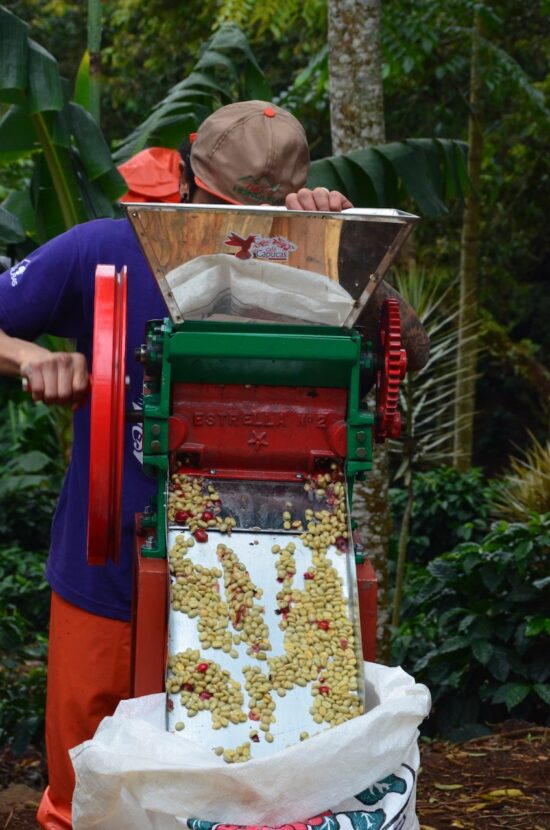
Starting the Washed Process
Both natural-processed and washed coffees start with the careful picking of the cherries, but immediately following harvesting, the courses diverge. Within 24 hours of the harvest with the washed process, the coffee cherries pass through a depulper to separate the coffee beans from their outer skin.
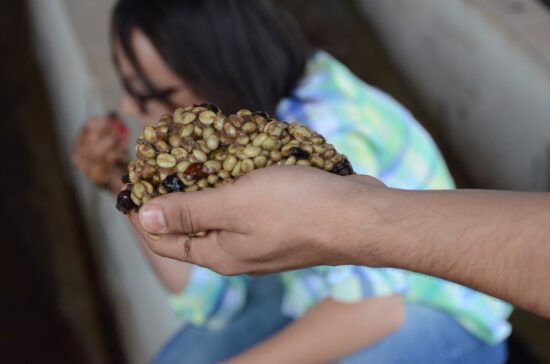
The depulper does not completely clean the beans but leaves them covered with a sugary layer of a sticky substance called mucilage. Though it’s not something we often talk about when discussing coffee flavor, mucilage plays a fundamental role during the rest of the process.
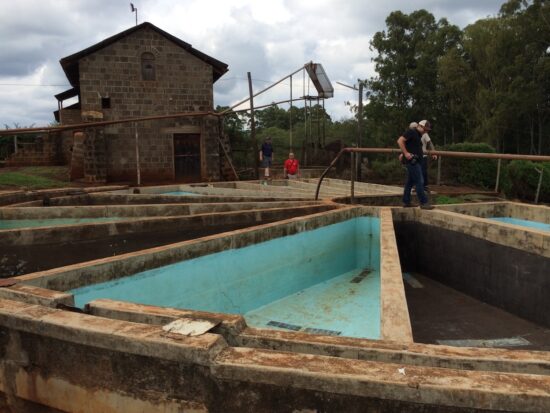
Soaking and Fermentation
At this point, the depulped beans are further processed, traditionally by fermenting the beans. To ferment the coffee beans, farmers soak them in tubs of clean water, and the beans remain there for an average of one or two days.
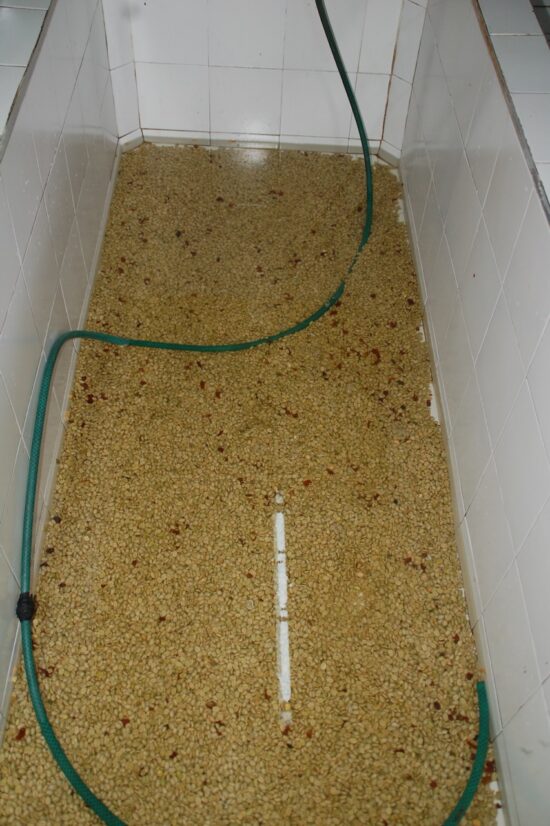
During this stage of the process, the mucilage releases its sugars and alcohols, or ferments, which will imbue flavor to the beans and can have a significant influence on the final taste profile of the coffee.
Another final wash separates the remaining mucilage from the bean.
Drying the Washed Coffee
After washing, it’s time to dry the coffee. Mechanical driers, which are typically more efficient for large lots, or sun-drying beds where the coffee is manually raked to keep drying even, remove most of the remaining moisture from the beans. Mechanical driers work a lot like clothes driers—they heat air around the coffee and tumble the beans in round drums to lower the coffee’s humidity content. The same effect is obtained by raking beds of sun-dried coffee; however, it typically takes longer and requires constant supervision to ensure even drying.
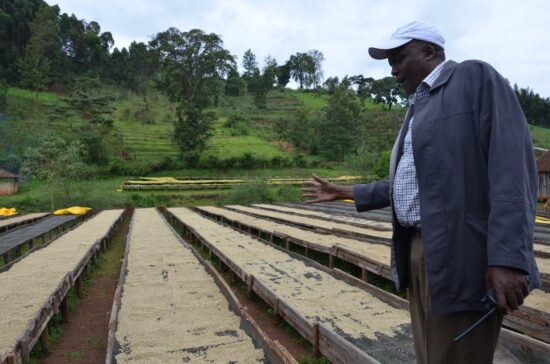
The Effects of Washed Processing
Washed coffees often earn praise for their vibrant notes, and for the high cleanness in the cup (with the notable absence of any negative flavors). The total removal of the whole cherry before drying minimizes the cherry’s flavor on the final coffee, unlike with natural coffee. And the washing helps to bring out the intrinsic taste profile of the coffee, resulting in a final cup that usually features complex flavors, with higher acidity and a more pronounced brightness compared to a natural coffee.
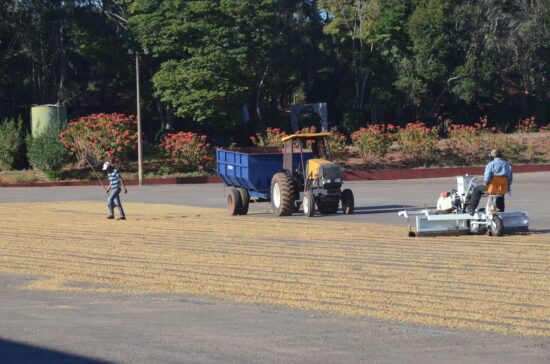
Washed coffees usually have a light body, alongside fruity and acidic notes. And the more fermented flavor and berry-like notes common in natural coffees reveal themselves far less often in washed coffees.
Why Choose Washed Processing?
So what’s behind farmers’ decision to process wet coffee instead of choosing different methods?
One of the biggest advantages of washed coffee is the high consistency in terms of flavors they usually display. Thanks to the high level of control that farmers can have over each different stage of the washed process, they can more easily repeat successful flavor profiles. Natural-processed coffees have more variety in their flavor since the dried cherry can have a great and somewhat unpredictable impact on the coffee. Additionally, the greater control given in the washed process will result in a lower percentage of defects than in natural fermented beans, which may result in a more profitable final harvest.
On the other hand, the washed process is also quite expensive because it involves a significant number of inputs by the farmer to complete the process. Washed coffees require more equipment and machinery, which costs money to buy and maintain. The machinery also requires energy to run, which can require further investment by the farmer.
Additionally, the enormous amount of water required for this process makes it unsuitable for drier countries where water supplies are limited. And the same large amounts of water required in the washed process have made many wonder how sustainable this process is for the future. (The frequently uncontrolled disposal of residual water after the process, which can often be dirty or even toxic, is another problem.) However, advancements in water conservation during the washed process—including reducing the overall amount used and redirecting runoff so it doesn’t cause pollution—have been a source of major investment for coffee producers globally.
ABOUT THE AUTHOR
Tanya Nanetti (she/her) is a specialty-coffee barista, a traveler, and a dreamer. When she’s not behind the coffee machine (or visiting some hidden corner of the world), she’s busy writing for Coffee Insurrection, a website about specialty coffee that she’s creating along with her boyfriend.


